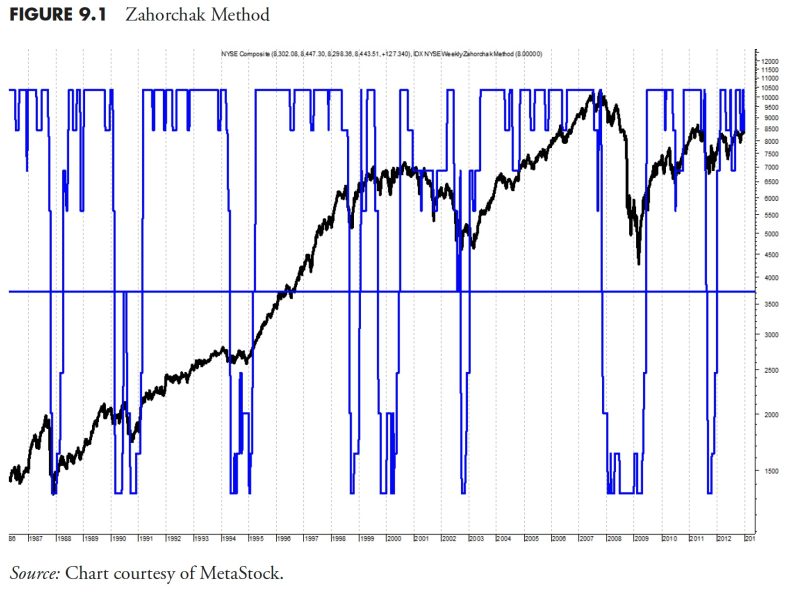Market Research and Analysis: Exploring the World of Technical Analysis
Understanding the intricacies of market research and analysis is crucial for investors and traders alike, as it provides essential insights into market trends and potential investment opportunities. One key aspect of market analysis is technical analysis, a method used to evaluate securities based on statistical trends and historical price data. In this article, we delve into the world of technical analysis and explore why it is a valuable tool in navigating the complex world of financial markets.
Technical analysis is grounded in the belief that historical price trends and trading volumes can provide valuable insights into future price movements. By analyzing past market data, technical analysts aim to identify patterns, trends, and other indicators that can help predict the direction of asset prices. This approach is in contrast to fundamental analysis, which focuses on evaluating the intrinsic value of securities based on company financials, industry trends, and macroeconomic factors.
One of the primary reasons why technical analysis is widely used in the financial industry is its ability to provide traders with actionable information in real-time. Unlike fundamental analysis, which can be more time-consuming and require in-depth research, technical analysis relies on charts and technical indicators that can be easily accessed and interpreted. This makes it particularly attractive for short-term traders who need to make quick decisions based on market fluctuations.
In addition to its accessibility and speed, technical analysis also offers a systematic framework for analyzing market data. By using a set of predefined rules and indicators, technical analysts can identify patterns and trends that may not be immediately apparent to the naked eye. This structured approach helps remove emotional bias from trading decisions and allows for a more disciplined and objective evaluation of market conditions.
Another key benefit of technical analysis is its focus on price action. Unlike fundamental analysis, which can be influenced by subjective factors such as investor sentiment or market rumors, technical analysis is solely concerned with price movements and trading volumes. This data-driven approach helps traders cut through the noise of the market and focus on the most relevant information for making informed decisions.
Moreover, technical analysis can be a valuable tool for risk management. By identifying key support and resistance levels, trend lines, and other technical indicators, traders can set stop-loss orders and define risk-reward ratios to protect their investments. This proactive approach to risk management can help traders limit potential losses and maximize profits in varying market conditions.
In conclusion, technical analysis plays a crucial role in the world of market research and analysis by providing traders with valuable insights into price trends and potential trading opportunities. Its systematic approach, focus on price action, and ability to aid in risk management make it a valuable tool for investors looking to navigate the complexities of financial markets. By combining technical analysis with other forms of analysis, traders can gain a comprehensive understanding of market dynamics and make well-informed decisions to achieve their investment goals.

